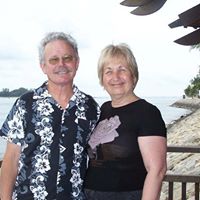What part of the atom has no (or neutrally charged) electric charge?
A typical atom consists of three subatomic particles: protons, neutrons, and electrons. Other particles exist as well, such as alpha and beta particles. Most of an atom's mass is in the nucleus—a small, dense area at the center of every atom, composed of nucleons. Nucleons include protons and neutrons. All the positive charge of an atom is contained in the nucleus, and originates from the protons. Neutrons are neutrally-charged. Electrons, which are negatively-charged, are located outside of the nucleus.
Neutrons were discovered by James Chadwick in 1932, when he demonstrated that penetrating radiation incorporated beams of neutral particles. Neutrons are located in the nucleus with the protons. Along with protons, they make up almost all of the mass of the atom. The number of neutrons is called the neutron number and can be found by subtracting the proton number from the atomic mass number. The neutrons in an element determine the isotope of an atom, and often its stability. The number of neutrons is not necessarily equal to the number of protons.
More Info:
chem.libretexts.org






